*Updated January 2023*
I’ve been tasked with describing the Metaverse to you in a 5-minute read. Defining the Metaverse is something that we could probably sit, discuss and debate for the next 5 days so this ask might prove to be a bit harder than you would think it should be.
Some of you may have watched Facebook’s (now called Meta) presentation on the topic several months back. In my opinion, that presentation did a great job shining a light on the work many pioneering companies have been doing in the Metaverse, but it ultimately portrayed an over-simplified and centralized view of what the Metaverse actually is.
One of the best definitions I’ve found of the Metaverse is part of a set of articles published by Matthew Ball. If you’ve never heard of Matthew, he’s definitely worth looking up, just be prepared for a bit of a lengthy read. Here is an excerpt from the article representing his best crack at a definition:
“The Metaverse is a massively scaled and interoperable network of real-time rendered 3D virtual worlds which can be experienced synchronously and persistently by an effectively unlimited number of users with an individual sense of presence, and with continuity of data, such as identity, history, entitlements, objects, communications, and payments.”
He then goes on to warn that we should not expect a single, all-illuminating definition of the ‘Metaverse’. Especially not at a time in which the Metaverse has only just begun to emerge. Technologically driven transformation is too organic and unpredictable of a process.
With that in mind let’s take a look at some common misconceptions.
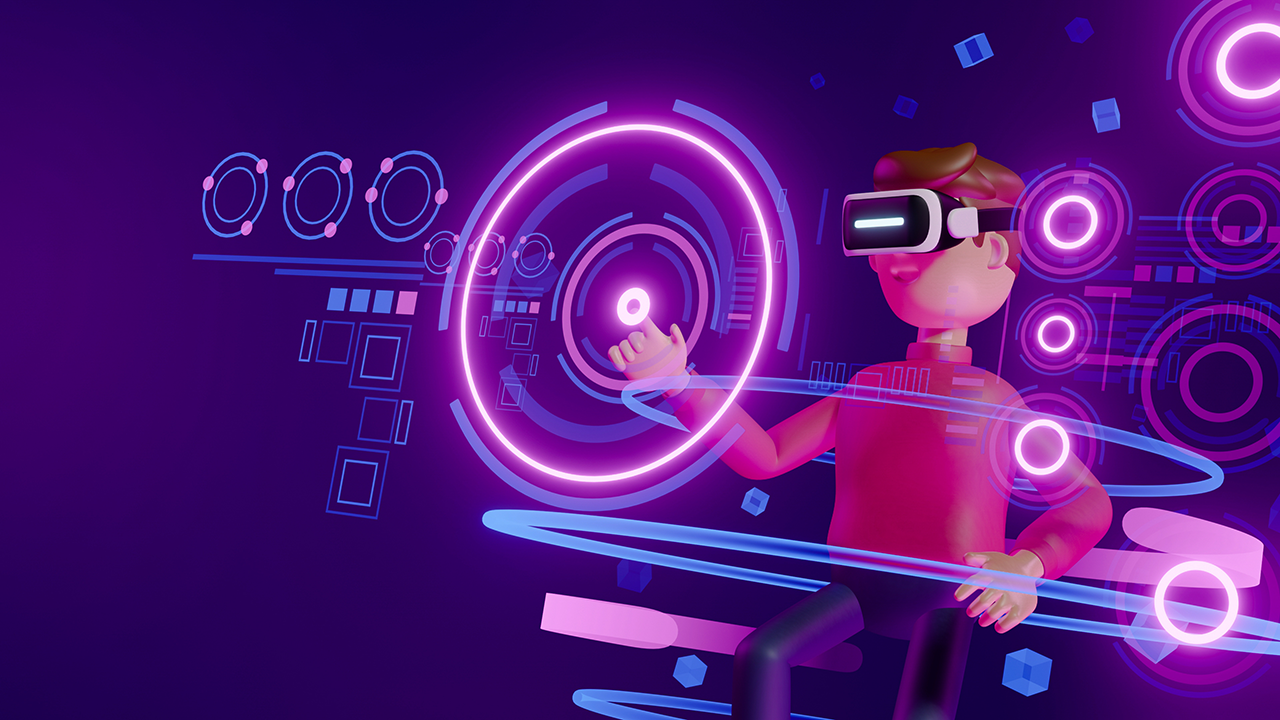
Metaverse ≠ XR
XR or Extended Reality is the generic term to refer to technologies such as Virtual Reality (VR) and Augmented Reality (AR), and the combination of both, Mixed Reality (MR).
A common misconception is that the Metaverse is the same as XR which is not the case.
Let me explain:
The open Metaverse proponents would say the metaverse is not some kind of 3D experience, in fact most of the world will not be able to afford 3D devices for a decade and the smart phone will be the device of choice, thus leaving AR experiences to surely take the mainstream lead until technology adoption rates, advancement and availability of hardware, and other important variables catch up.
It is the Web3 view of decentralization, an autonomous economy where you have economic agency, self-custody of assets, sovereign identity and… It may be 3D.
The full vision of the Metaverse is likely a decade away. It requires extraordinary technical advancements and eventual regulatory involvement too. In addition, it will require overhauls in business policies, and changes to consumer behavior. Will we get to a point in the future where many Metaverse experiences will be via XR? I believe so. It’s certainly a goal, but it will take time.
The Metaverse will make use of many other technologies, such as Blockchain, to implement Self-sovereign Identity, support the use of NFTs, etc. It will depend on Cloud technologies as well as major hardware advancements. We are far from being able to produce shared, persistent simulations that millions of users synchronized in real-time the way people do in the fictional story of Ready Player One, but we’ve taken steps towards it using games and platforms like Fortnite, Roblox, and Decentraland. Some of these border on being examples of “small m” Metaverses already.
A favorite anime in my house, Sword Art Online has one of the most ambitious views of the Metaverse I’ve seen and I’m constantly amazed at some of the use cases they’ve come up with. It’s amazing when you can watch a show that can inspire real life thoughts and ideas you can bring to the office with you the next day, though some of the technology in that show is likely even further away.
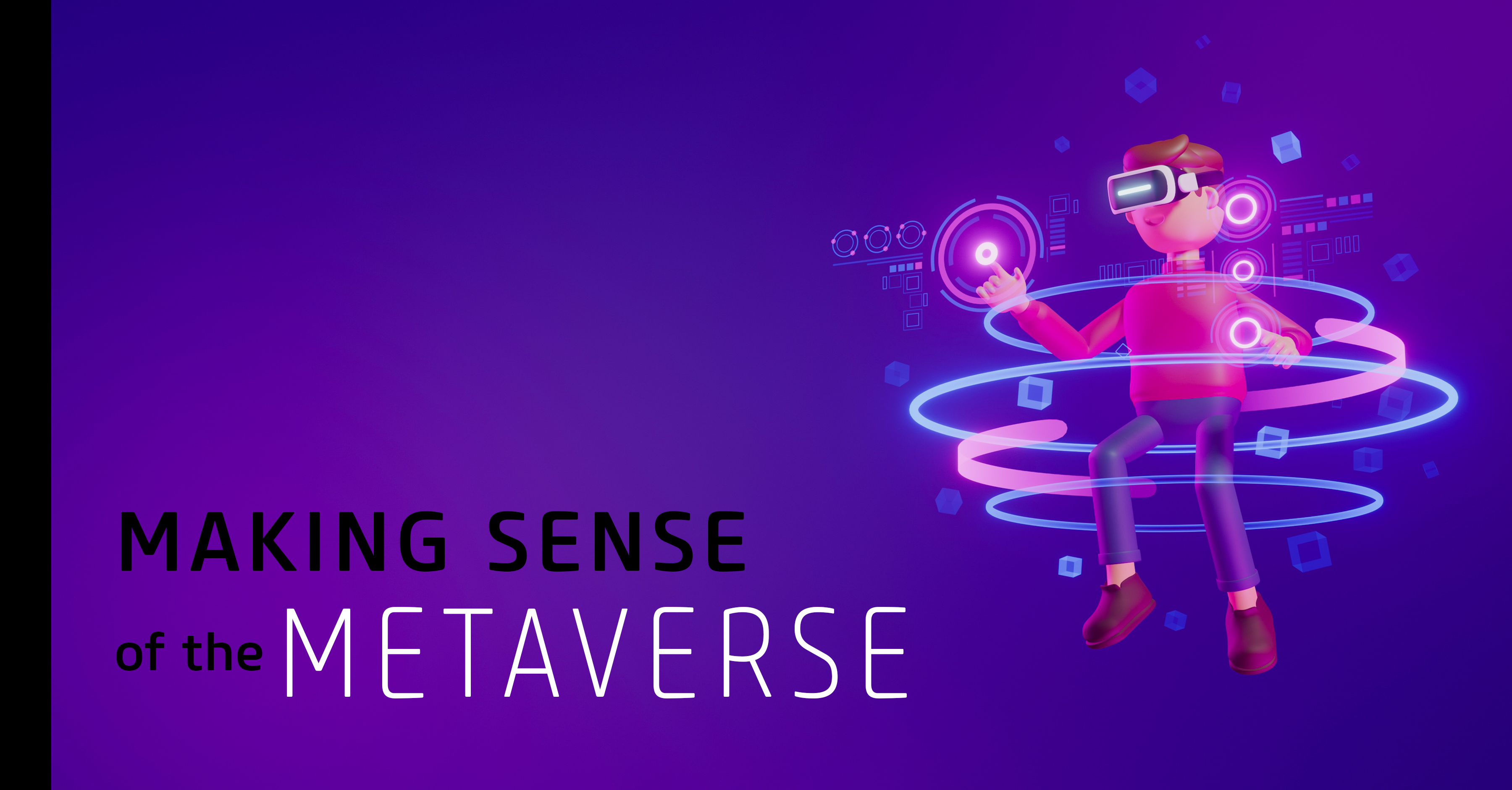
How is Online Making Sense of the Metaverse?
As a services-based consulting company, Online is focused on helping our Clients leverage technology to increase their profiles in the market, drive more revenue and bolster employee engagement. We take a “vendor-neutral” approach to assessing tools in the market in order to recommend the best tech stack and application that truly supports our Clients' needs.
Most recently, our Innovation Lab has been evaluating the Metaverse from a similar perspective and really looking at how its related technologies can impact/improve our Clients’ business outcomes.
Our efforts have focused on two different paths.
Path 1: Helping clients understand what’s coming.
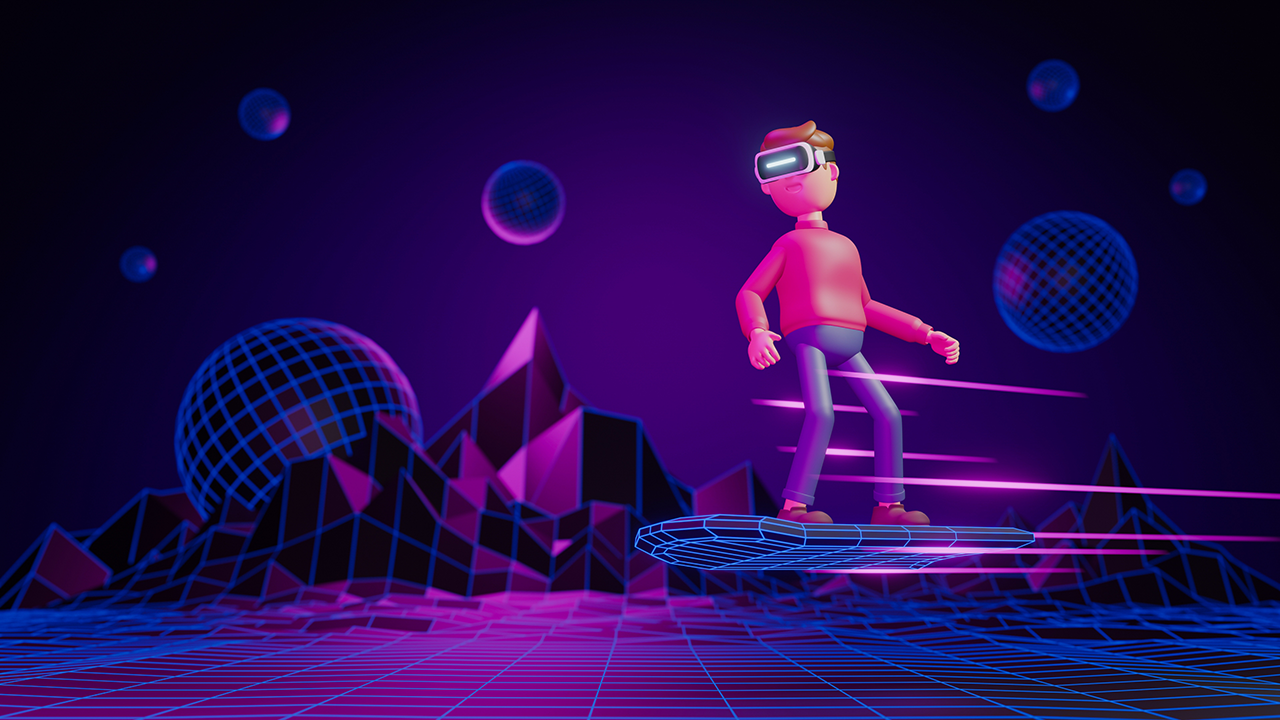
As part of exploring this emerging technology, we have worked with Clients who are at the very beginning of unpacking the Metaverse and provide them with a “blank slate” introduction to show them the art of the possible. We’ve also helped lead product design and implementation for those clients who are ready to take the plunge and begin adopting the technology as part of everyday business.
Earlier this year Online trademarked the term “UpDimension™”, which is our way to describe the impact that the realization of the Metaverse will have on the existing internet, and our process of building solutions that power our clients’ multidimensional abilities to do business.
What is UpDimensioning?
UpDimensioning is the evolution of business from Web 2.0 to Web3, from transactional models to persistent experiences, and from 2D user interfaces (flatland) to 3D immersive experiences - providing new dimensions for everything we do and transforming our existing internet to a multidimensional universe.
As a service, UpDimensioning our clients involves introducing integrated real world/digital world/virtual world business capabilities.
For a few examples think about impacts on:
UX Design
Avatar psychology, 3D modeling, Lighting, and Interior design
Quality Assurance
Spatial testing, Simulations, Digital Twins, and Test bots
Security
Self-Sovereign Identity, Privacy and Safety, XRSI, Standards and Compliance
Service Management
What is an asset? Not necessarily software, servers, etc., think more of a virtual bus with your logo on it driving by in a virtual world.
Path 2: Developing our internal capabilities.
As mentioned, this is a rapidly evolving, constantly changing space; if you’re standing still, you’re falling behind. You need to explore and innovate on your own if you want to keep up.
We’re doing this through work in our Innovation Lab, and through a talented international and local network of fellow technology and futurist enthusiasts. The importance of this collaborative approach is to drive innovation in the most effective and inclusive way- ensuring that time is not wasted on overlapping concepts.
We use a mix of continuous training, professional development, and building internal tools and processes to enable Onliners can enjoy first-hand some of the benefits of this new reality.
We have taken several initiatives in the Lab including:
Building a digital replica of our office. We’ve built our replica and deployed it to several different platforms. As we tried out platforms, tooling, and hosting we learned what did and didn’t work for us, platform and device constraints, and our particular use cases. We ended up on Unity and Blender with open XR and environment assets hosted in AWS Cloud but learned several new tools and processes along the way that would be helpful for other use cases.
For a fun read, check out our blog post to learn about using this digital replica to record a video to announce our recent Great Places to Work video in which we placed 3rd. We came across many unexpected complexities during the process that extended beyond technology and required some creative solutions to solve. Yet another great example of UpDimensioning.
Gravity
Our “Gravity” framework tethers our virtual spaces to the digital and real worlds, thus allowing a metaverse to benefit from our corporate systems and the current universe of web-based digital applications and third-party services. It provides both a supporting framework and access to value-added services such as supporting an avatar with an AI-enabled, backend conversational chatbot service.
Constellation
We envision that the “Constellation” framework will allow different metaverses to interoperate and for visitors to travel from one to another, with digital identity and self-custody of digital assets. Standards will emerge for this, and in the meantime we are providing a simple means of carrying identity, custody and context from one world to another.
OnPoints
OnPoints is a Web3 platform for members of a community or organization to earn, record, and exchange digital assets. The initial version will be closed and use a private blockchain, but the longer-term goal is to create a persistent, self-functioning, open economy. It is currently being developed as an internal Onliner currency/rewards program with the ability to earn points by completing activities, and redeem points for Online merch. Our plan is to later open this up to public members who are recruitment candidates.
Recruitaverse
We are building Recruitaverse to develop solutions to improve recruiting and onboarding, mainly using XR experiences. This is a valuable project to take on given the competitive nature of recruiting as of late, especially in the tech space. We will use the Recruitaverse not only as an omnichannel extension of our current recruiting strategy but will also be able to effectively depict the customizing and experiential benefits to our clients, when we build them their own version.
As you can see, we have a lot on the go. We believe that the Metaverse will play a large part in shaping the world of the future. We will continue to UpDimension™ ourselves and our Clients and move forward with new and innovative ways to help our Clients succeed in this new technology landscape, wherever that may lead.
Stay tuned for more updates from the Lab, including a meet and greet with a special AI guest, Ansa...
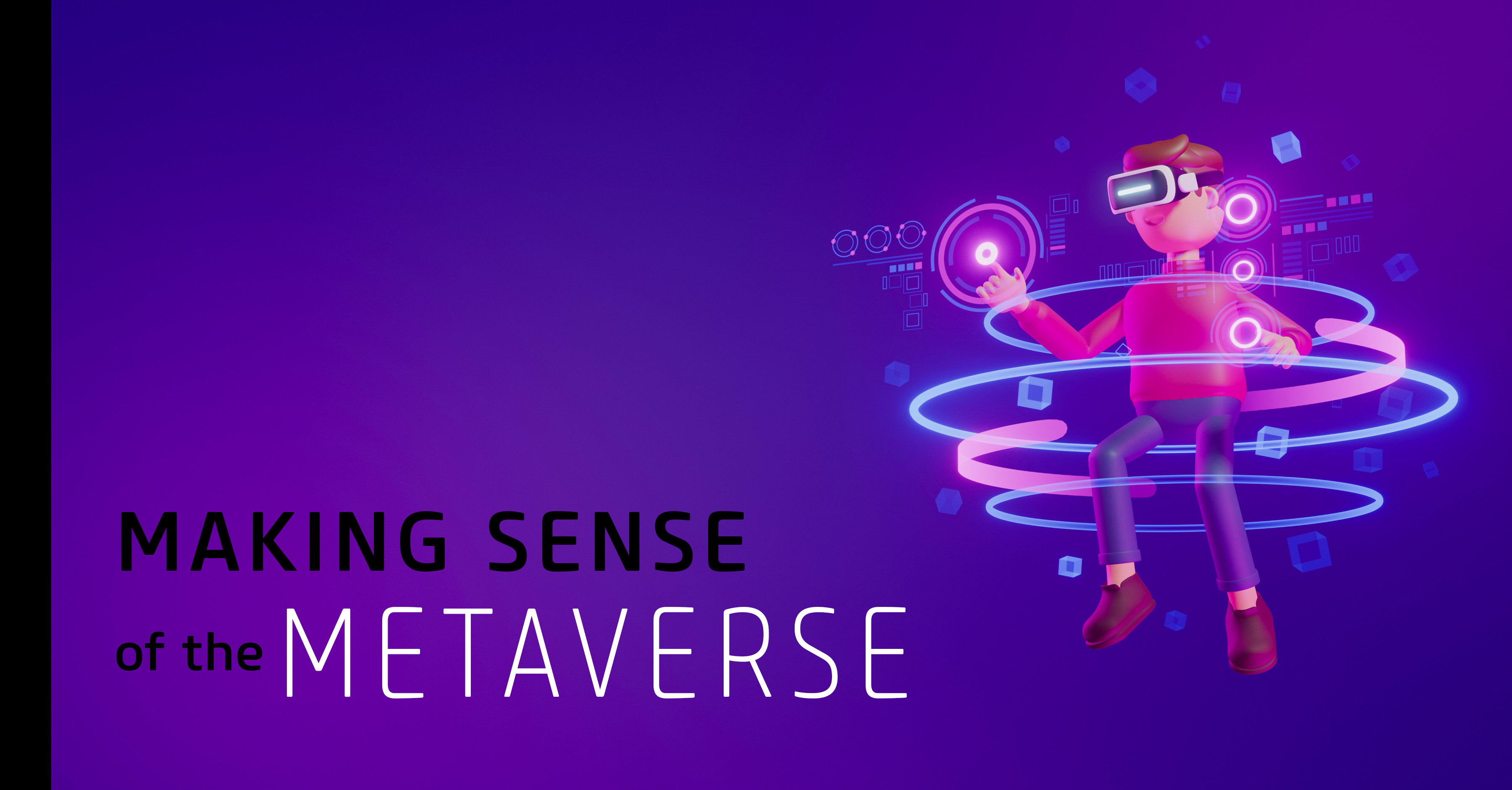
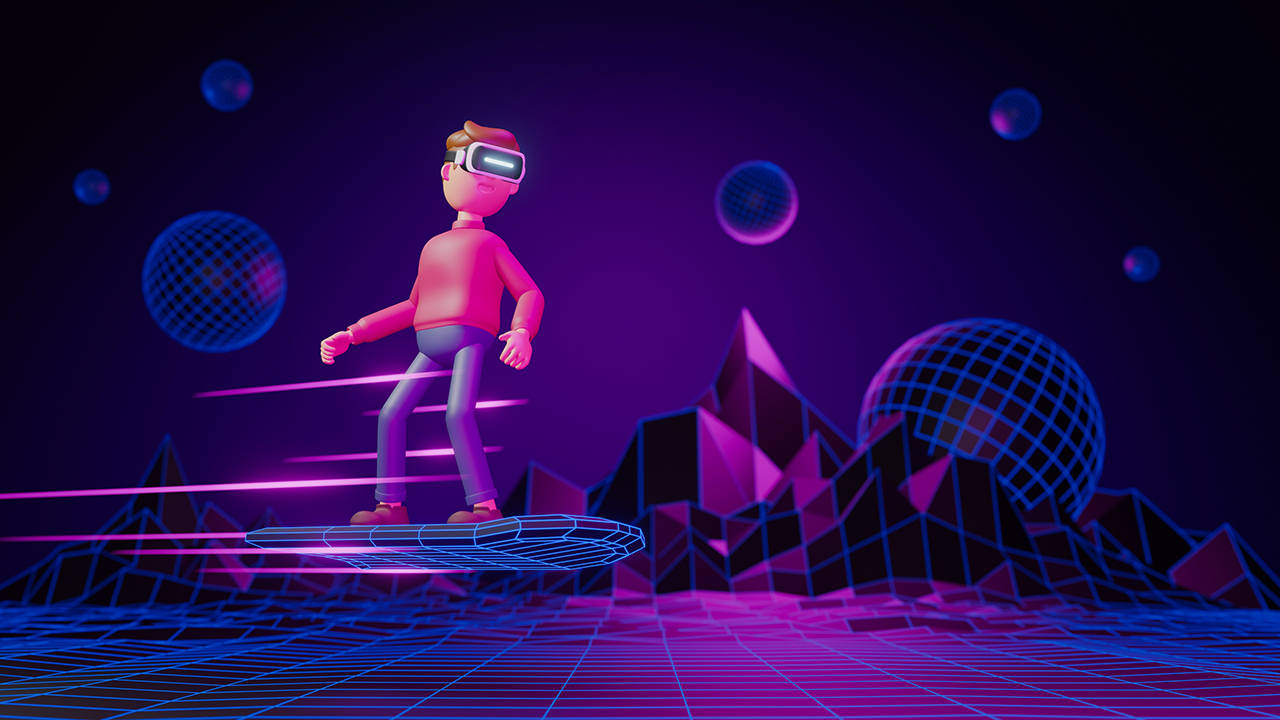
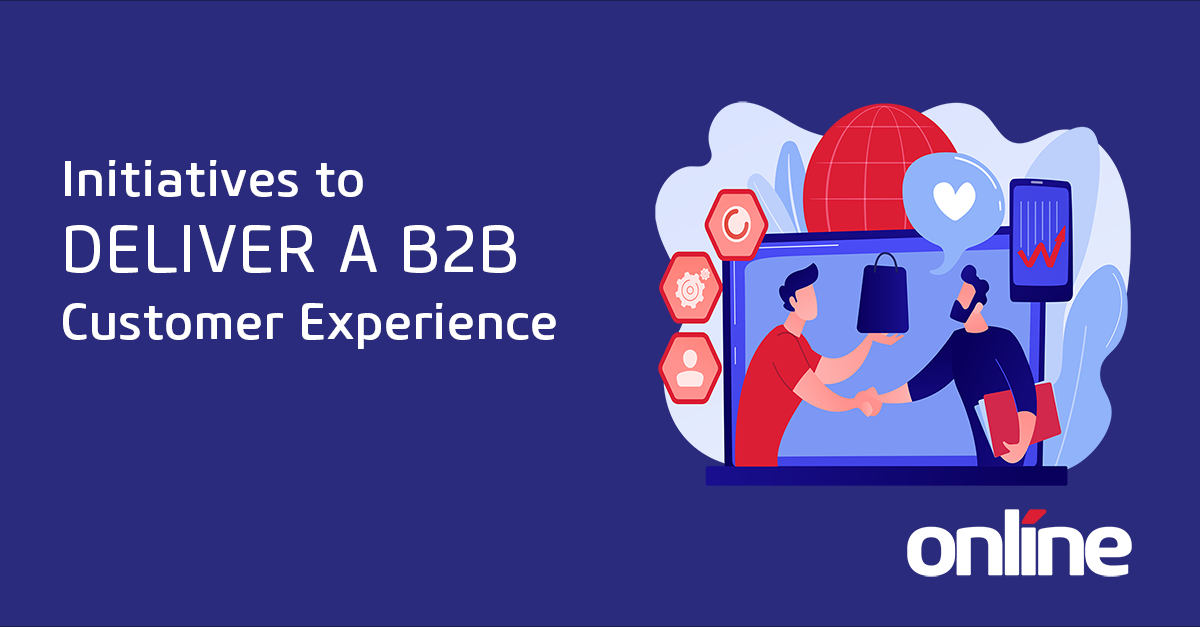


Submit a Comment